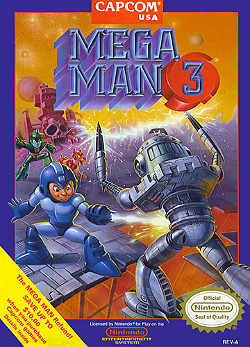Piano Sheets > Mega Man 3 Sheet Music > Snake Man (ver. 1) Piano Sheet
Snake Man (ver. 1) by Mega Man 3 - Piano Sheets and Free Sheet Music

About the Song
How to read sheet music How to read sheet music
Reading piano sheet music is no simple thing. For it first we require to know the individual elements of the composition itself in order to read sheet music. You must make sure that you are familiar with that particular composition's language before you tackle the entire piece.
In order to grasp the intent and nuances of the piece quickly for reading piano sheet music following steps are to be considered:-
1> To start with have a look over entire composition to get the feel of the length and style of the sheet music. This first run through is just to have a quick overview of the composer's work. This will slowly prepare you to read the sheet music.
(More...)
Download this sheet!
About the Artist

Random article
How to read sheet music How to read sheet music
Reading piano sheet music is no simple thing. For it first we require to know the individual elements of the composition itself in order to read sheet music. You must make sure that you are familiar with that particular composition's language before you tackle the entire piece.
In order to grasp the intent and nuances of the piece quickly for reading piano sheet music following steps are to be considered:-
1> To start with have a look over entire composition to get the feel of the length and style of the sheet music. This first run through is just to have a quick overview of the composer's work. This will slowly prepare you to read the sheet music.
(More...)
